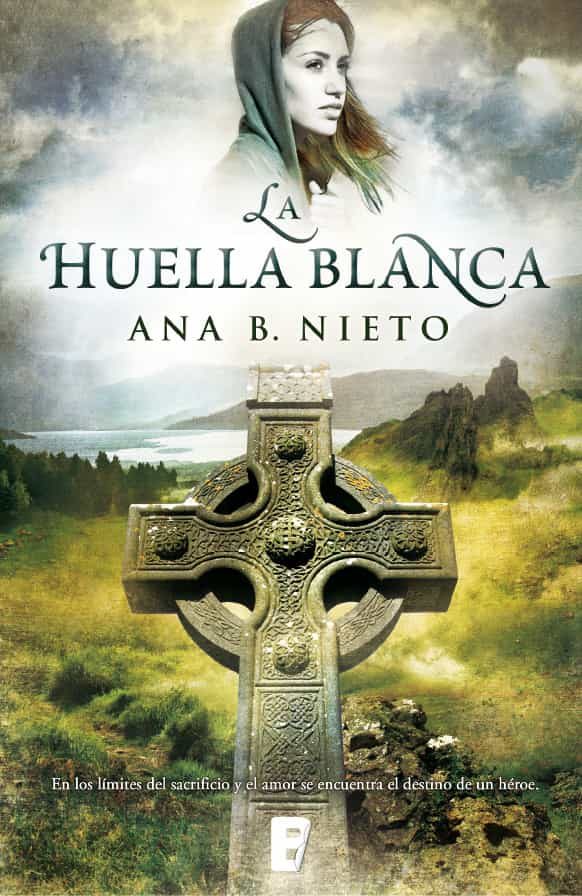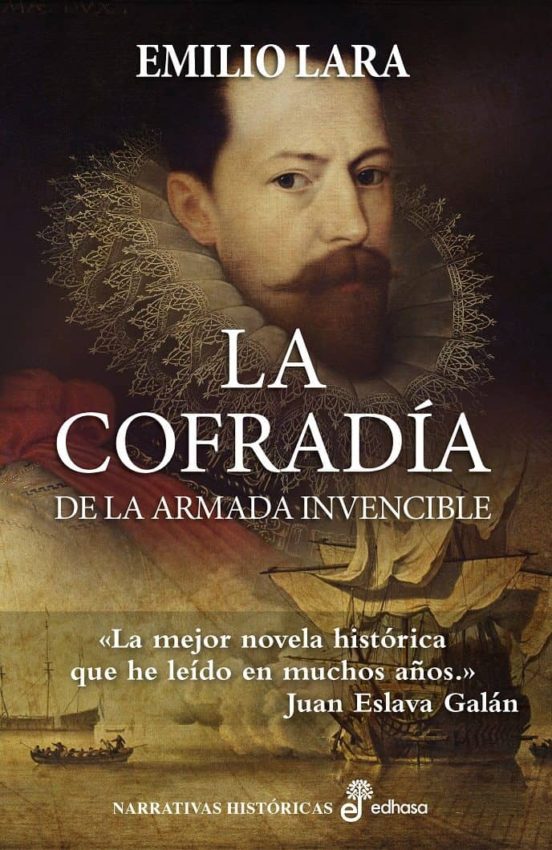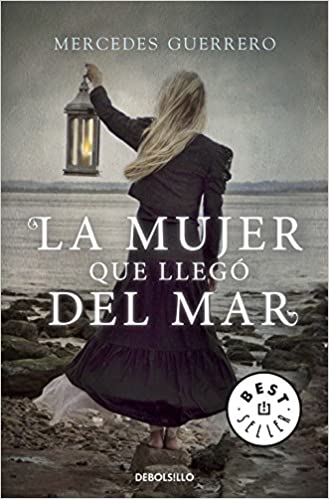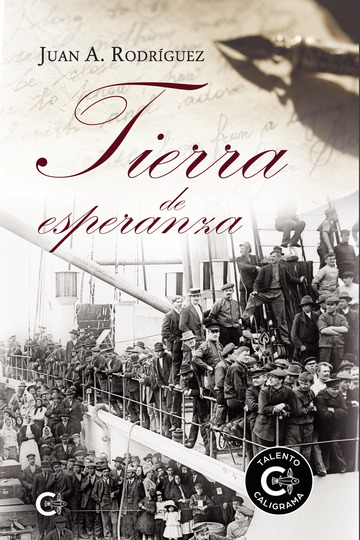Por: María Fidalgo Casares
What attracts us to Ireland? The truth is that Ireland is a nation with which Spain has always felt a certain empathy. Its sense of Catholicism, its terrible oppression by the perfidious Albion, its personality so manifest and close to the identity of Galicia, and its suffering, passionate and conflictive recent history have made it a particularly attractive country. For all this, it has become an important source of literary inspiration that has materialized in a hundred works.
From the short story to the “novelon”, the trilogy or the 26 titles of the saga of Sister Fidelma, by Peter Berresford Ellis, it should be noted that the genres that have been approached in them have been very varied. From the purely historical novel to the political thriller, the romantic novel or the noir, they have given rise to famous novels such as “The Ashes of Angela” by Frank Mc Court or “The Celtic Dream”, by the Peruvian Nobel Prize winner Mario Vargas Llosa. But among lesser-known authors there are dozens of works that represent an interesting journey through geography, history and the human contingent of Ireland.
From ancient times to today, different times have been the time frames of these creations. From the Bronze Age, to the Middle Ages, the shipwrecks of the Gran Armada or the Belfast of the 80s.
“The white footprint” Ana B. Nieto. Editions B
The white footprint takes us to 5th century Celtic Ireland. It is part of a trilogy halfway between legend and history. Fascinating landscapes, epic heroes, adventure, love and eroticism. A swan song from an ancient world, dominated by mother goddesses, and the difficult encounter of Christianity and the Middle Ages. A story of pirates, druids, kings and poets, full of adventure and passion with a luxury secondary: Saint Patrick. To write the play, the author lived in Ireland for a year and studied Church history and Old Irish at the University of Limerick.
“The brotherhood of the Invincible Armada” Emilio Lara (Edhasa, 2016),
“The Brotherhood of the Invincible Armada” (Edhasa, 2016), the first novel by the now well-known writer Emilio Lara. Part of the figure of Felipe II who entrusts a brotherhood from Cartagena to join the Grand Armada, misnamed the Invincible Armada, with a secret mission: to sail to Ireland, take up the Irish Catholics and expel the English soldiers from the island . The brothers face the adventure with the conviction that they will make history. Interesting and original novel with intertwined episodes of great interest. From the Christianization of Ireland to the veneration of images, relics, mystery and intrigue, murders, penalties and battles. A mix of genres that hold the reader’s full attention
“The woman who came from the sea.” Mercedes Guerrero. Random
The novel tells the story of a young woman who fled Nazi Germany and arrived in the Ireland of the Second World War, torn between her hatred of the Nazis and her historical animosity towards the English. Martin Conrad is a writer who has come to the shores of Ireland in search of inspiration. The meeting between the two will be crucial. The exotic landscapes of the island and the great setting of the time will be the ideal setting for a story full of passion and mixed feelings.
Finally and because it is the most recent, just days in the market we will do a detailed analysis of
“Land of Hope” (Caligrama 2020) by the Mallorcan author Juan A. Rodríguez
Juan A. Rodríguez (Palma de Mallorca, 1973) publishes in Caligrama (Penguin Random House stamp) this historical fiction novel set in rural Ireland in the second half of the s. XIX. The years of the Great Famine would cause two million deaths and another two million would be forced to emigrate to the United States or Canada. The story, inspired by real events, is custom built in the Hunt family, but it is also the story of Ireland and of the huge human contingent who crossed seas and oceans with the hope of a better life.
The beautiful ballad “Kilkelly, Ireland”, which has become the most famous song about the Great Famine, inspires the story of some forgotten letters that will connect the past with the present, old Ireland with the New World and the family that remained on the island with which he emigrated to New York. A situation that allows the author to create a mosaic of highly attractive characters, environments, feelings and settings that will be interwoven to build a hard story but rich in glimpses of humanity and emotion.The author makes an extraordinary and lyrical portrait of deep and rural Ireland, with its customs, music and traditions and landscapes marked by drama, but also by a great poetic breath. The setting threads the characters, with experiences that underline the unforgettable example of a community that resists moments of enormous rawness with pride and sacrifice. A multifaceted vision with many angles (sociological, political, ethnographic and artistic) that converge in a narrative full of nuances.The connection between the old and the new world comes from the hand of the horror of the dangerous voyages by boat across the Atlantic, in the sailboats called “coffin-boats”. At the arrival, an inhospitable New York allows the author to dazzle with a shocking description of the slums and their gangs, political corruption and the fight for union rights in the context of the great expansion of the city. But we will also witness the consequences of the American Civil War or how dusty California contemplates the race and the gold rush.
Death by starvation, forced emigration, alcohol abuse, the fight for justice at work, rebellion and Irish republican pride, or the unreason of war, is interspersed with anger (still in minuscule) against the English tyranny or the germ of the anti-British struggle. A few moments in which the reader almost feels the impulse of the melodrama: “… Millions of European immigrants dreamed of that golden land full of opportunities, Ireland… where that green turned into despair after each rain, after each death of a child, a mother or an old man. The hunger did not allow them to think of anything other than to appease the pure and visceral pain that is felt when there is almost nothing to put in the mouth ”.In “Land of Hope”, still showing the author a personal style, the presence of Edward Rutherfurd is traced, traits of some of the stories of Ken Follett, of writers with Irish roots like Timothy O’Grady, without forgetting classics like Dickens and Stevenson, or even the echo of John Ford movies.Juan A. Rodríguez has known how to build a story that not only expresses the fascination for old Ireland, its historical evolution, and the power to overcome a people, but also the validity of universal and eternal feelings and values. But perhaps most importantly, “Land of Hope” constitutes the irrefutable proof of the prodigious adventure that involves traveling through the pages of Literature. @mundiario








Post a comment